Latin name: Dizygotheca
Category: perennial trees and shrubs
Birthplace: Polynesia, New Caledonia
Dizigoteka – rigor, color and elegance of the tropics
Dizigoteka (Dizygotheca) – the genus is represented by vigorous herbaceous, woody cultures in the form of shrubs and small trees. Seventeen varieties of wonderful representatives of the tropical plant world are organized in the Araliaceae family. This amazing vegetation has perfectly adapted to indoor conditions, but is still not so common in the apartments of amateur flower growers.
Sometimes flower growers find deceptive common features of dizigoteka and cyperus. But these two cultures are not related. Aralia is distinguished by an elegant woody stem and palmate-complex serrated leaf blades on it, which consist of ten segments and are attached with long petioles.
Some scientific naturalists present dizigotheca and sheffler as the same genus. These two cultures belong to the same family, but have significant differences in the shape and color of the segments of complex leaf plates.
Shefflers have powerful, palmate, splayed, voluminous, made up of parts in an oval configuration, patterned leaves, and the beauty dizigoteka presents her beauty of the leaves in the form of sharp and thin lines.
By the structure of their bushes, they really have a similarity, the toxicity is inherent in both flowers, but their appearance is different, which is reflected in the decoration of the interior of the environment. Yes, and by its character, the dizigoteka does not at all look like a friendly sheffler.
The birthplace of this spectacular evergreen shrub plant can be considered New Caledonia, Polynesia, Australia, small islands that are located in the Pacific Ocean from the south and central side. Here in their native penates, which are the New Hebrides, dizigoteka – this unique endemic can reach a height of six meters. This vegetation is represented by special cultures, which are suitable for this peculiar climate.
Cultivated representatives of dizigoteka grow throughout the globe in the form of a houseplant.
The unusual and interesting name of the plant is determined by the unique structure of its flower with doubled pollen grains. According to the Greek transcription of several words, this name came out. "Dis" is defined by a deuce, "zygos" by a bunch, and "theca" by a storehouse for pollen – pollen grains.
Dizigoteka is an indoor woody exotic plant that grows slowly in the first years of its life, which attracts flower growers.
At home, a tree with a leafless, tall, stiffened trunk can reach a height of two meters, and its width can grow up to half a meter.
Unique, characteristic of this culture are unusually long leaf plates with an openwork pattern.
They have a really unique shape. These powerful leaves are composed of seven or eleven separate leathery segments, the length of which reaches ten centimeters, their edges are sawtooth, they have in common a long petiole up to forty centimeters. The color scheme of these beauties is diverse in different varieties.
There are varieties with reddish-copper, dark green and even black leaves. Variegated varieties attract with their uniqueness. The stems of the plant are lighter in relation to the leaves, they are even speckled.
A flowering plant can only be seen in natural conditions. It blooms with unremarkable, tiny flowers that gather in umbrella-like inflorescences.
Indoor flower dizigoteka practically does not please its owners with flowering.
Disigoteka types
Dizygotheca Elegantissima
 This variety is also called Schefflera elegant, Aralia elegant.
This variety is also called Schefflera elegant, Aralia elegant.
The archipelago of New Caledonia is considered the birthplace of this miracle.
This graceful dizigoteka is represented by an evergreen, slightly branching culture, its stems are tree-like. It has complex palmate, oblong leaves of rich dark green color. On one leaf blade there are up to eleven such slices, concentrated around the circumference, the jagged edges look in different directions. The small flowers form umbrella-shaped inflorescences, decorating the top of the plant.
Dizygotheca Bianca
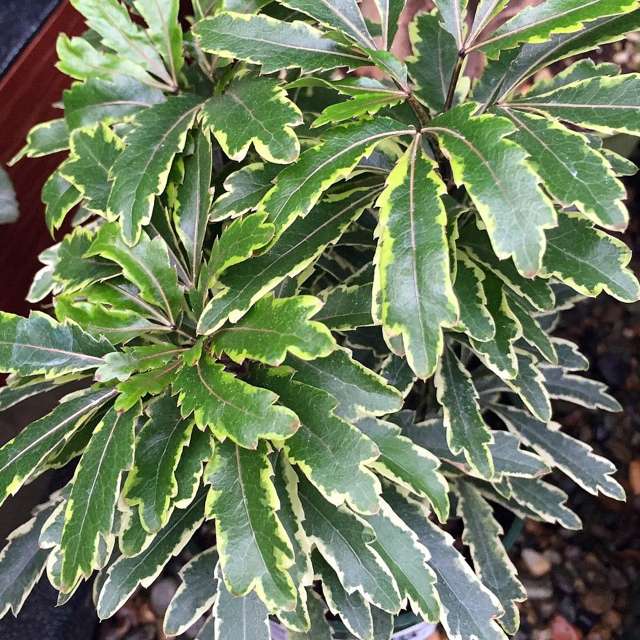 The basis for breeding a unique and especially beautiful Bianca variety was Dizigoteka Elegant. This cultivar has variegated leaves. On a green background, yellow or purple streaks and a white border are pronounced. There are a small number of segments on leaf plates, about three.
The basis for breeding a unique and especially beautiful Bianca variety was Dizigoteka Elegant. This cultivar has variegated leaves. On a green background, yellow or purple streaks and a white border are pronounced. There are a small number of segments on leaf plates, about three.
Dizigoteka variegated with spotted leaves looks very attractive.
Dizygotheca Gemini
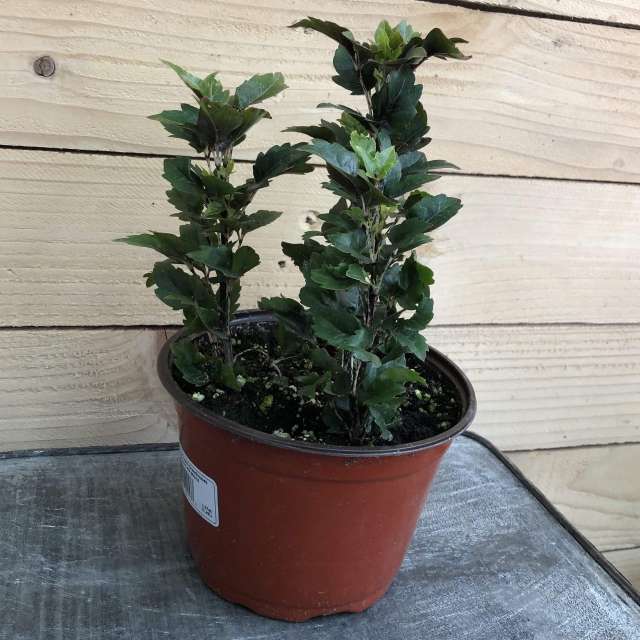 This variety has distinct leaf lobes. They have an egg-shaped configuration; according to the quantitative composition, they get from three to five pieces. The edges of the lobules have large notches. The color of the leaves is dark green, and the tips of the teeth are burgundy in color.
This variety has distinct leaf lobes. They have an egg-shaped configuration; according to the quantitative composition, they get from three to five pieces. The edges of the lobules have large notches. The color of the leaves is dark green, and the tips of the teeth are burgundy in color.
Dizygotheca Veitchii
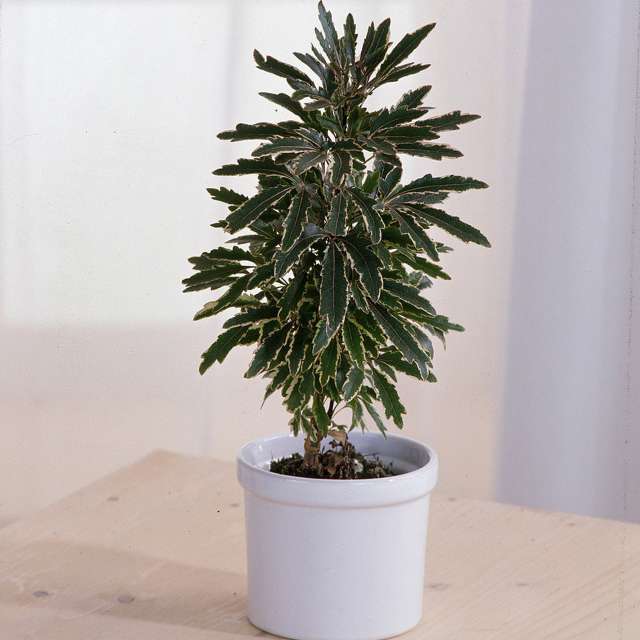 The culture has green leafy plates with a length of up to twenty-five centimeters and a width of up to five centimeters. The edges of the leaflets with a slight waviness of a rounded configuration.
The culture has green leafy plates with a length of up to twenty-five centimeters and a width of up to five centimeters. The edges of the leaflets with a slight waviness of a rounded configuration.
Dizygotheca Kerkhoveana
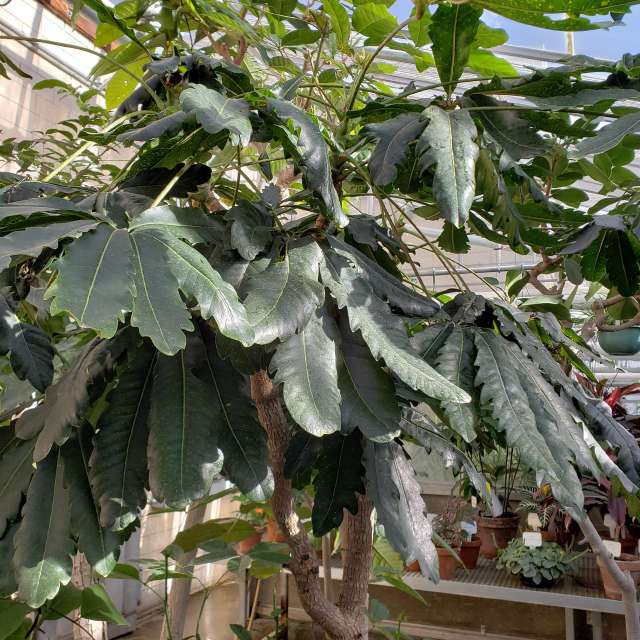 Very interesting, well-branched, slow growing variety. They differ from other species in wider leaves, the edges of which have a waviness. The leaves are paler in color. Natural conditions allow the plant to reach four meters in height. In the conditions of the house, the bush can gain a height of about one and a half meters.
Very interesting, well-branched, slow growing variety. They differ from other species in wider leaves, the edges of which have a waviness. The leaves are paler in color. Natural conditions allow the plant to reach four meters in height. In the conditions of the house, the bush can gain a height of about one and a half meters.
Dizigoteka home care
Dizigoteka – an imposing tropical exotic in room conditions will feel great when fulfilling all its growing requirements, that is, they must match the natural ones. The spacious territory of its deployment should have moderate temperatures, high humidity, and scattered sunlight should fall in sufficient quantities. The flower will be a wonderful decoration of the interior.
Choice of location and temperature
An indoor plant will feel ideal on the windows of the eastern and western dislocations. When the flower is located on the south side, it must be protected from direct sunlight. In winter, dizigoteka need to provide additional lighting.
Keep your disigotheque away from heating appliances.
Indoor culture will have a great time in the summer off-season in the open areas of the backyard, on the terrace, balcony or loggia.
Disigoteka has a negative attitude towards drafts.
Indicators for room dizigoteka it is desirable to keep from 18 ° C to 29 ° C. If the temperature drops to 16 ° C, the bush may shed its leaves.
Disigoteka does not withstand sudden temperature changes, but has a positive attitude towards fresh air.
Humidity and watering
Dizigoteka prefers high air humidity, will not refuse regular spraying with warm, soft, settled or filtered water. The presence of a pallet with wet pebbles, sphagnum or expanded clay can also partially solve the problem of moistening the surrounding space. Flower pots with automatic watering will also help solve the problem with air humidity.
It is desirable to keep the soil mixture for dizigoteka in a wet state, without stagnant water in the flowerpot.
Watering is carried out at intervals of three or four days with soft water settled for twelve hours. Room temperature water will be comfortable for the plant. Winter watering procedure no more than three times a month. We monitor the condition of the soil, do not allow it to dry out.
Soil and its top dressing
An exotic Tropican will be happy to be content with a fertile, breathable soil mixture, the reaction of which should be slightly acidic, slightly alkaline or neutral.
A ready-made substrate intended for dracaena or indoor deciduous-decorative crops can be purchased for dizigoteka at a flower shop.
To increase the friability and lightness of the composition, it is advisable to mix in a little peat, perlite or sand.
Individually, you can prepare an earth mixture from the same portions of the following ingredients: leafy earth, light soddy earth, humus, coarse sand and peat.
In the spring-summer off-season, an actively growing dizigoteka must be regularly pampered with top dressing at intervals of fifteen days. You can use liquid mineral fertilizers, organic or mineral complex dressings intended for deciduous ornamental plants. The alternation of these complexes will benefit the indoor flower.
Moisture-loving dizigoteka will gladly use top dressing during watering or when spraying a bush.
Disigoteka transplant
An annual spring transplant for young indoor dizigoteks is required. The main thing is to choose the right vase. It should be one centimeter wider than the previous one.
If the pot is too large, this will lead to intensive growth of the root system, and the aerial part of the plant will stop growing.
For an adult plant, the prerequisite for transplantation will be the appearance of roots from a hole intended for drainage.
The bush is removed from the old pot, dried roots are removed. We are preparing a new container for planting.
The bottom of the flowerpot is laid with a good layer of drainage.
Then a layer of soil two centimeters high is placed. We set the bush in the center of the flowerpot, compact it with a fresh substrate. For better survival of the plant during irrigation, stimulants can be used.
Plerandra bloom
At home, it is almost impossible to see a dizigoteka blooming. Winter garden, greenhouse for this exotic plant is a real alternative to wildlife. In the presence of high humidity and long daylight hours in these rooms, the bushes will bloom regularly with small greenish flowers in the spring or autumn. The duration of flowering is shorter than in natural conditions.
Pruning dizigoteka
To obtain a lush indoor exotic bush, it is necessary to subject it to deep and regular pruning, preferably in the spring. The trunk and stems are shortened, leaving a height of about fifteen centimeters. A grateful dizigoteka will thank you with thick side shoots.
Dizigoteka reproduction
A young indoor exotic can be obtained from apical cuttings and seeds.
Dizigoteka propagation by cuttings is carried out in spring or summer. For this procedure, ten-centimeter apical cuttings are harvested. Then they are treated with hormonal drugs. For cuttings planted in flowerpots with wet sand, we create the conditions of a mini-greenhouse with temperatures of 20-25 ° C, regular watering and ventilation.
Dizigoteka from seeds is a very complex, troublesome, inefficient process of obtaining a young exotic. It can only be done by experienced flower growers.
Freshly harvested seeds are sown on the surface of the earth mixture, slightly sprinkling them with soil. In a dark room, greenhouse conditions are created with a temperature of about 27 ° C. Emerging shoots are transferred to areas with diffused lighting. Grown up kids are seated in separate flowerpots.
Pests and diseases
If the growing conditions are violated, dizigoteka can be affected by mealybugs, spider mites, whiteflies, and aphids. A soapy solution or a decoction of chamomile for spraying a bush can serve as a preventive measure to prevent the appearance of insects. But if the process is started, we urgently fight these uninvited guests with insecticidal or acaricidal preparations. You can use Aktellik, Decis, Aktara.
Difficult Growing Moments
- In a houseplant, the leaves dry and fall off – excessive or insufficient watering; the airspace is too dry; perhaps the flower was moved from one place to another; the plant has been exposed to a draft. It is necessary to check the bush for the presence of scale insects on it.
- Dizigoteka is growing slowly – the plant does not have enough lighting and top dressing; perhaps the bush is planted in too large a flowerpot.
- Leaf plates wither – the ambient temperature is very high.
- The leaves were covered with a white coating – hard water was used when spraying the plants.
- The edges and ends of the leaves turned yellow – the air in the room is too dry, perhaps the bush got burned when exposed to direct sunlight.
Disigoteka is a wonderful houseplant, the character of which is complex and capricious. Despite this, an exotic flower with its patterned and decorative leaves will be a charming decoration and aesthetic highlight of any interior.
Folk omens are also inherent in dizigoteka. Love your beautiful plerander – she will absorb negative energy in the house, reduce anxious and nervous life moments, help you become more cheerful and peaceful.
It must be remembered that the plant is poisonous. Ivy is just as toxic.
Other equally interesting houseplants photos and alphabetical names can be seen, admired and familiarized with if you open the catalog of houseplants from a to z on the site.




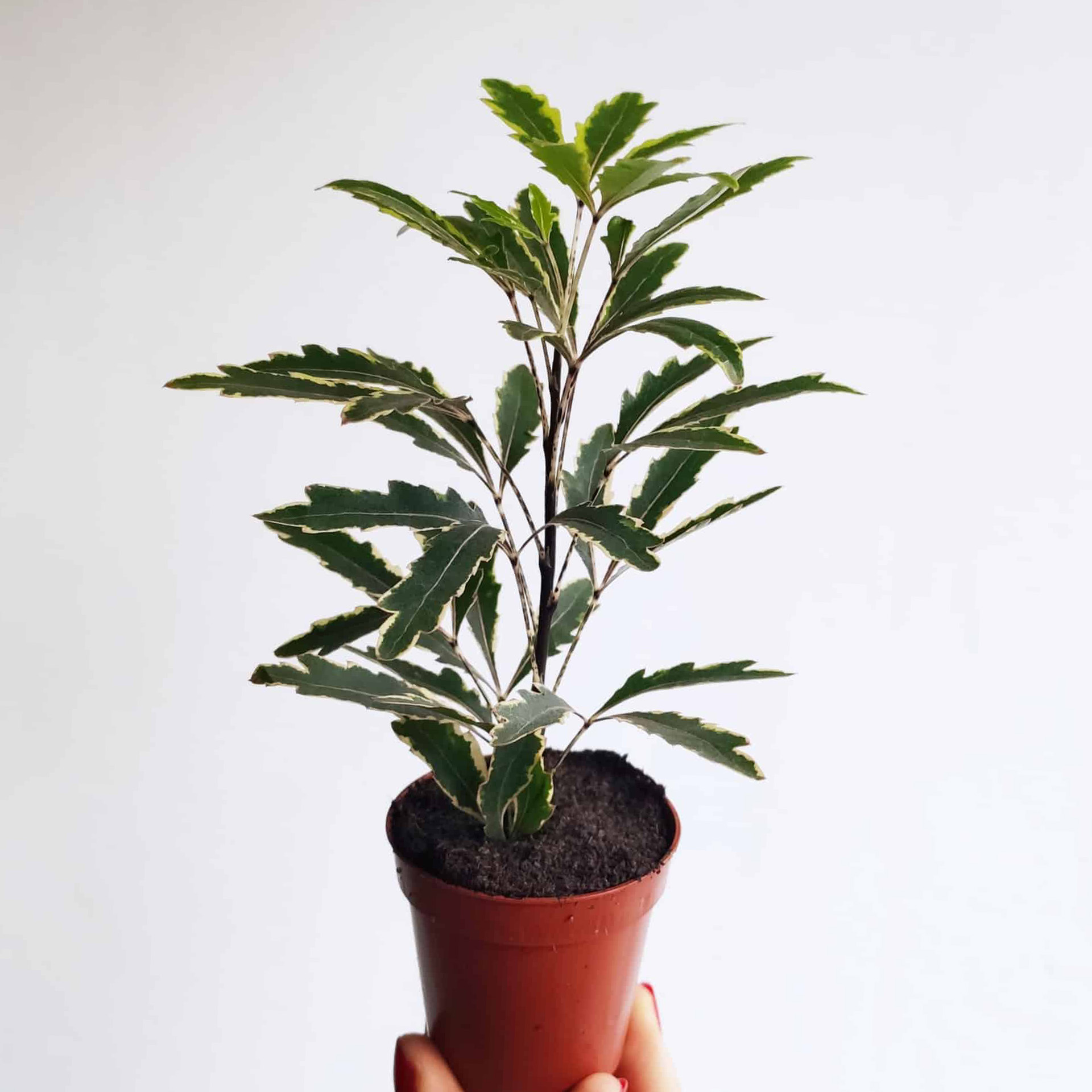










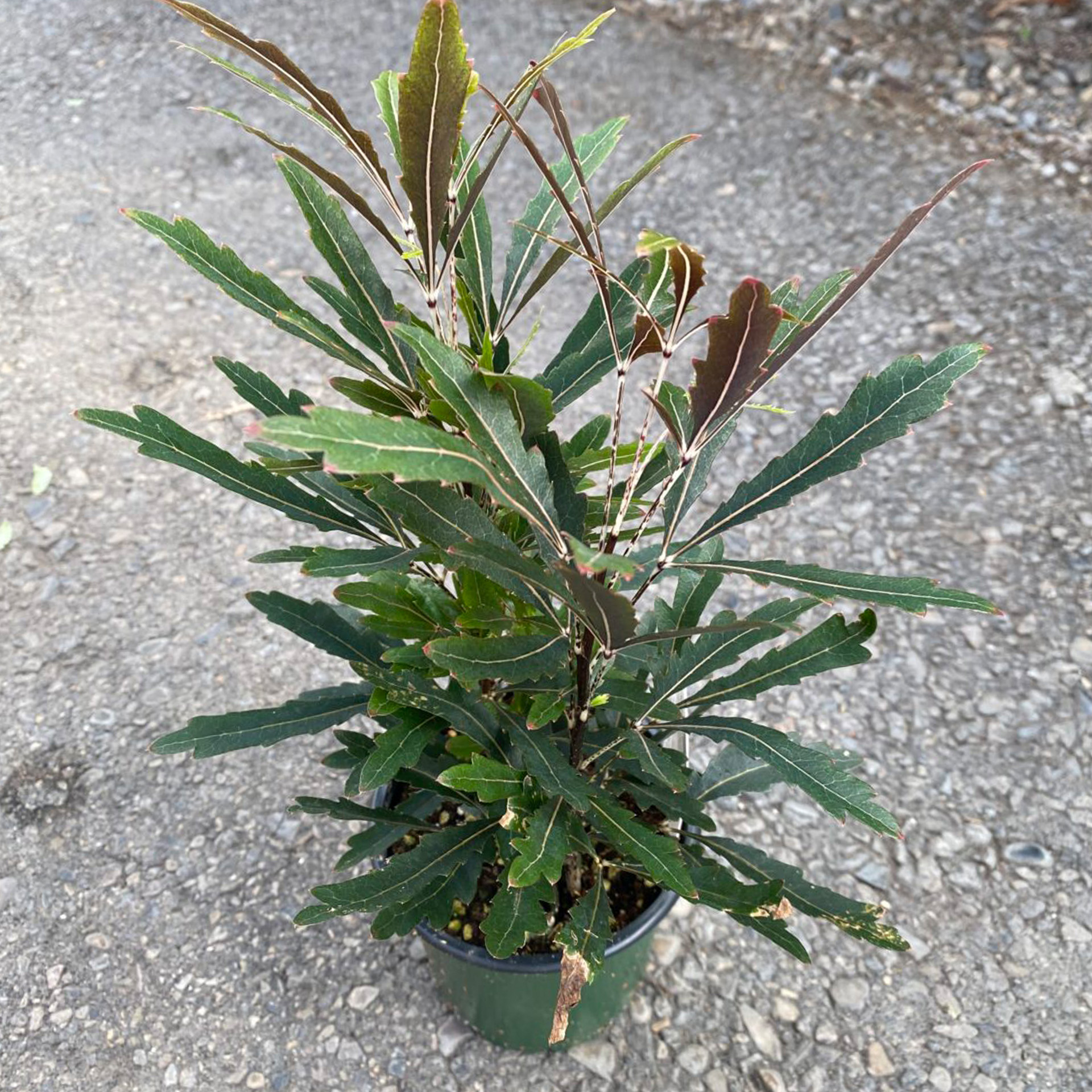
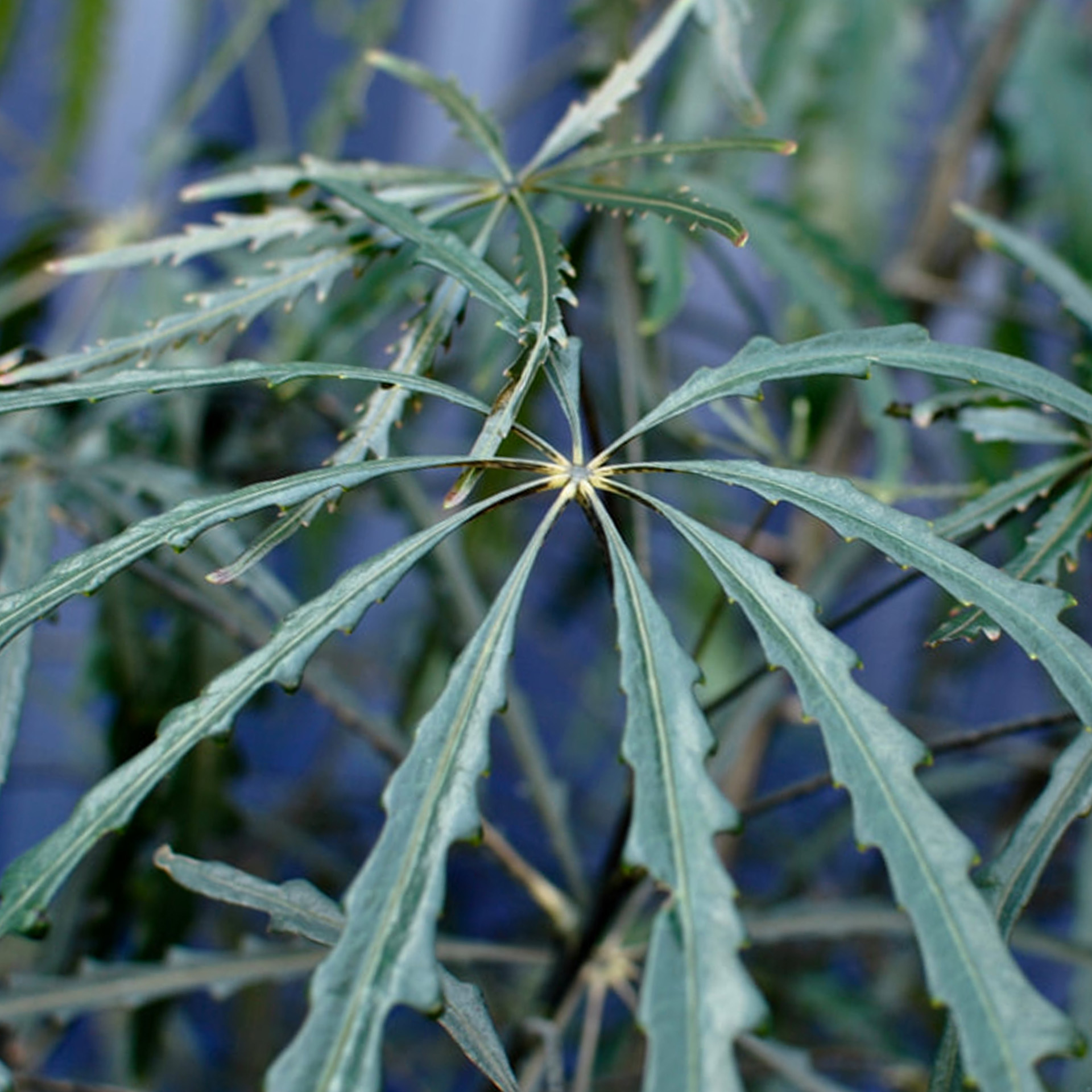
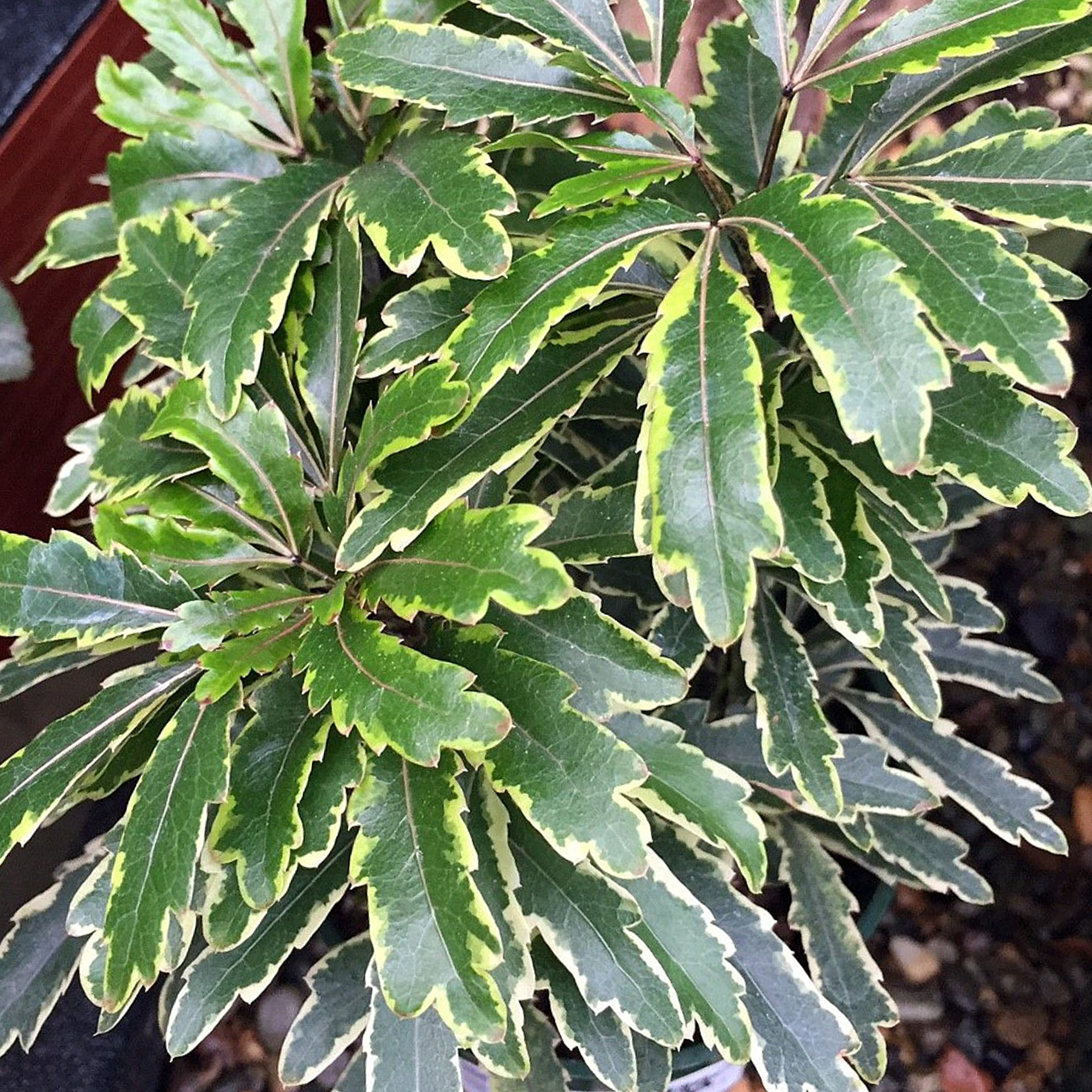
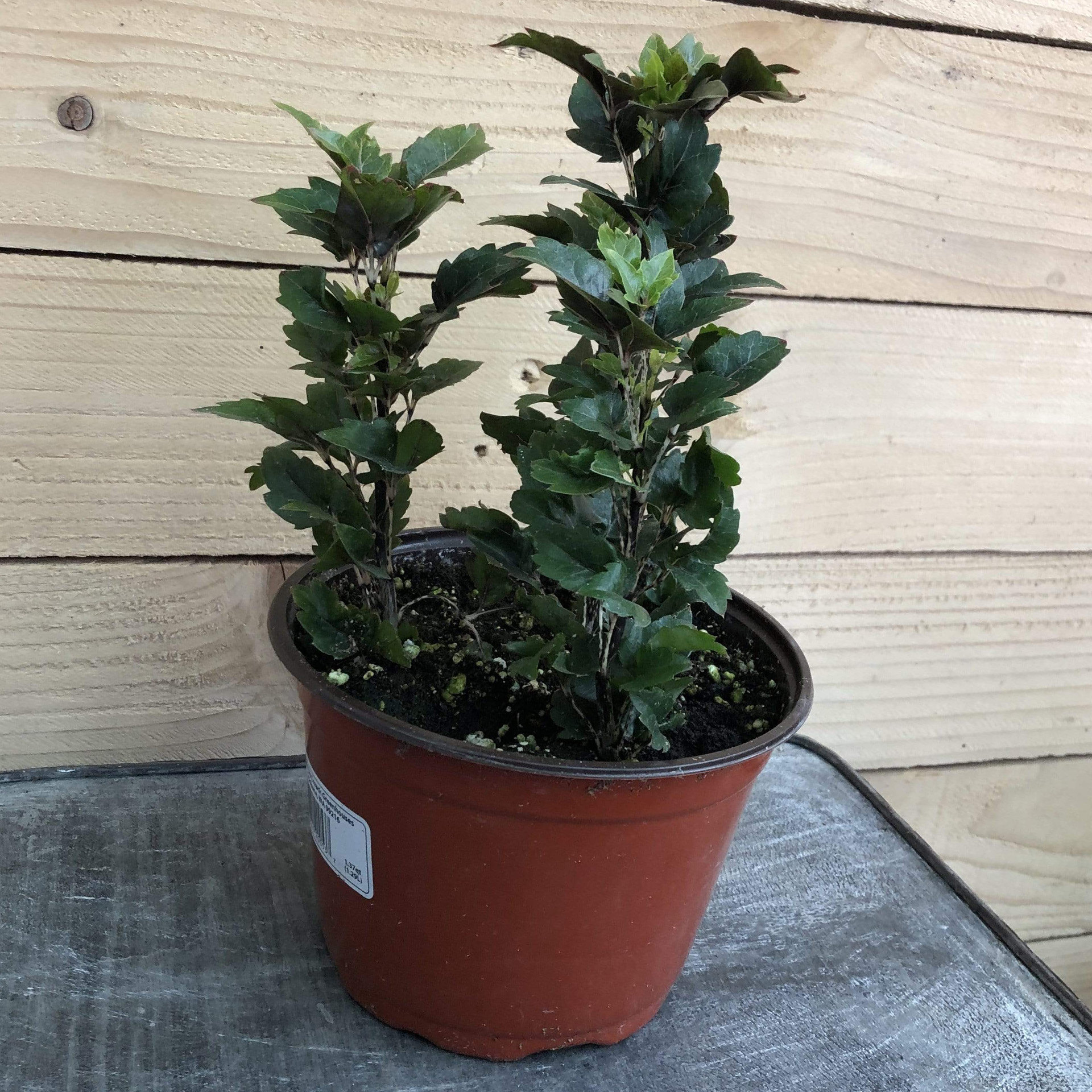

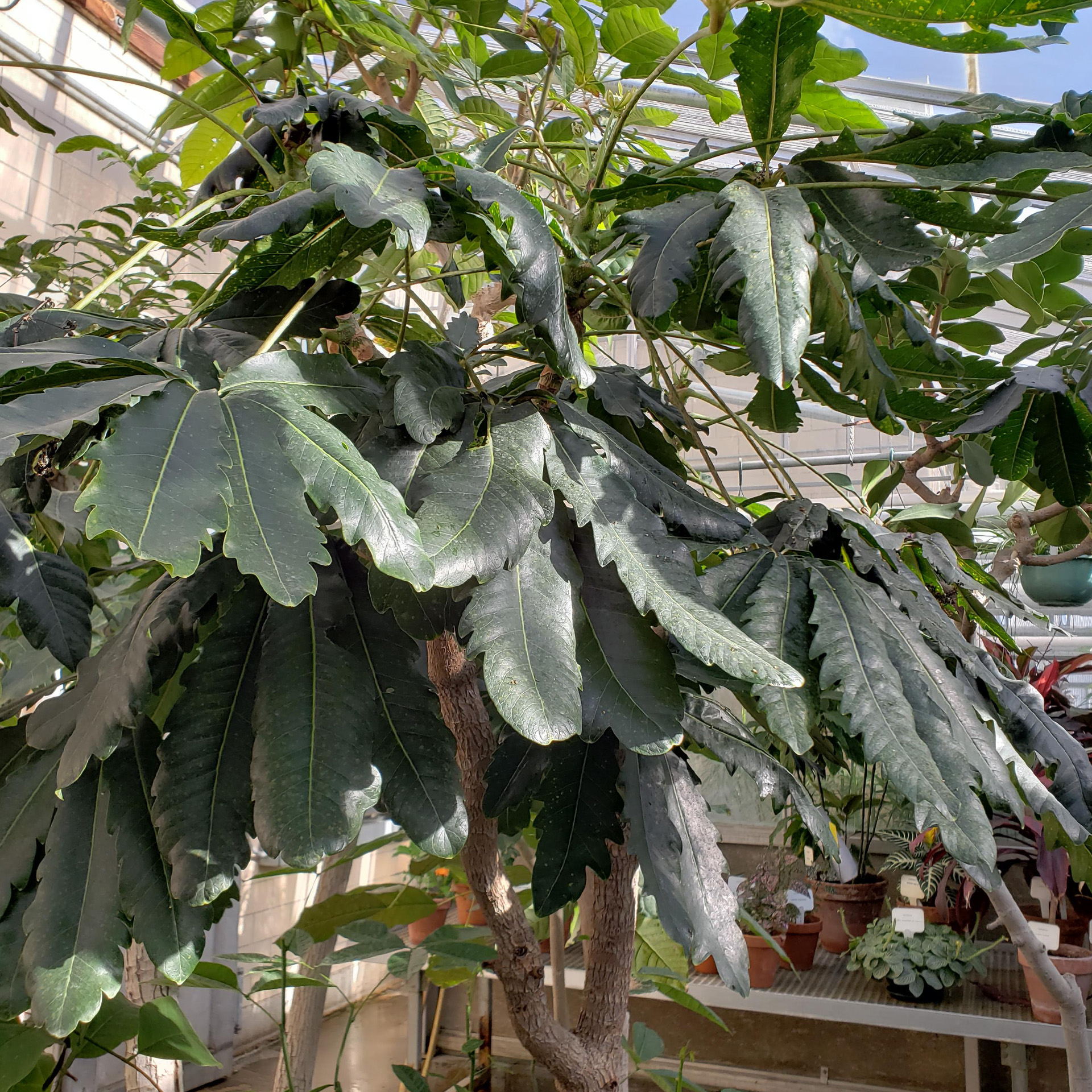
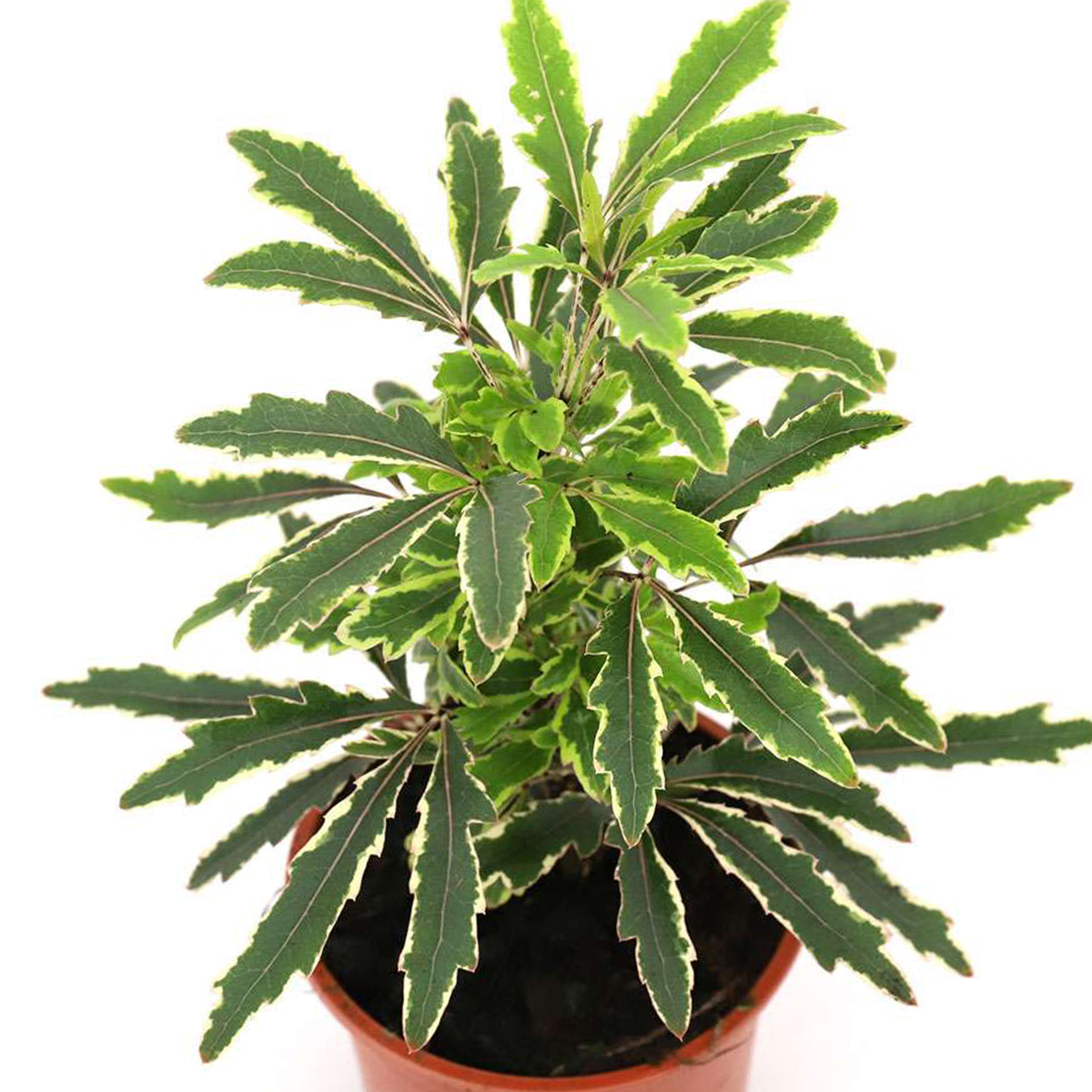
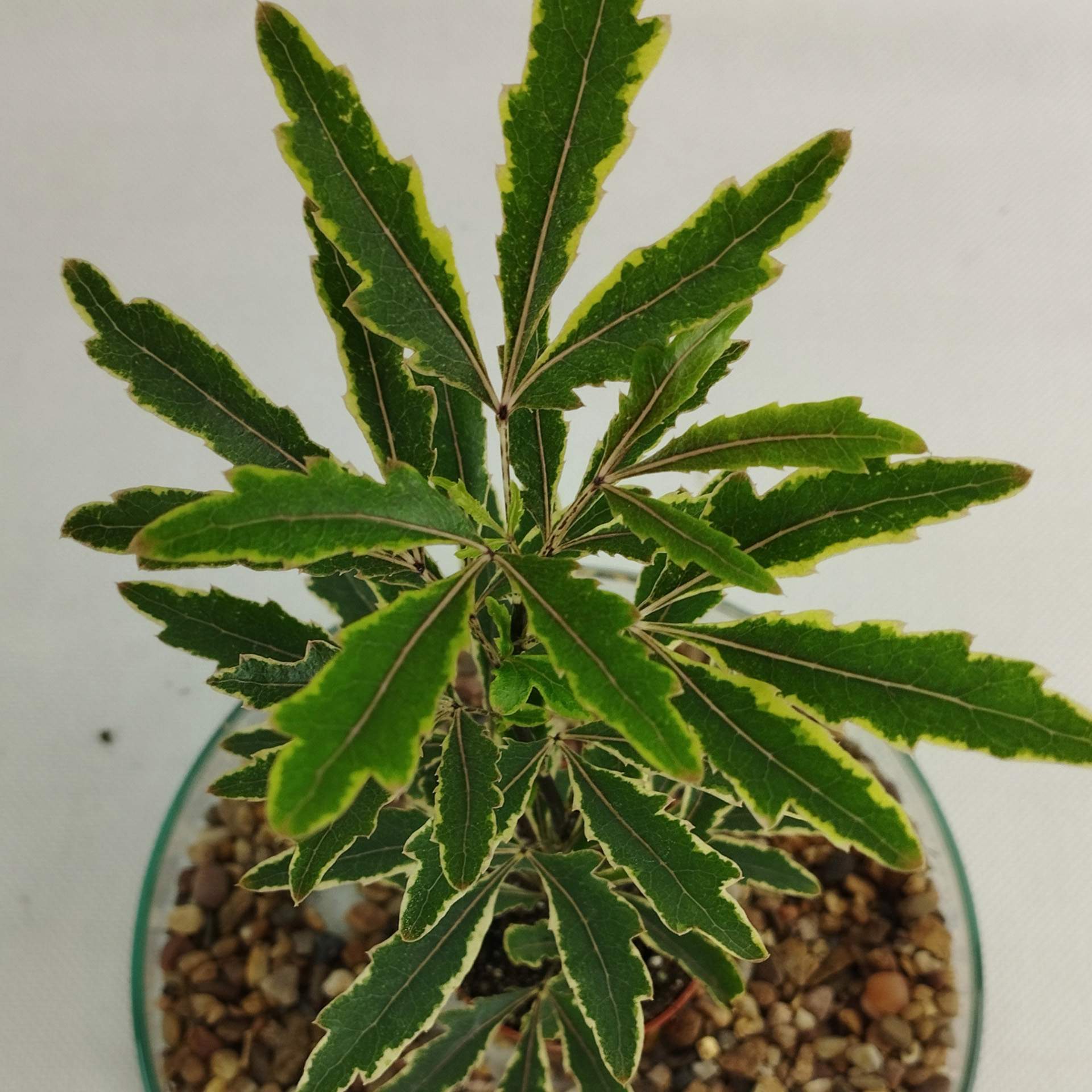
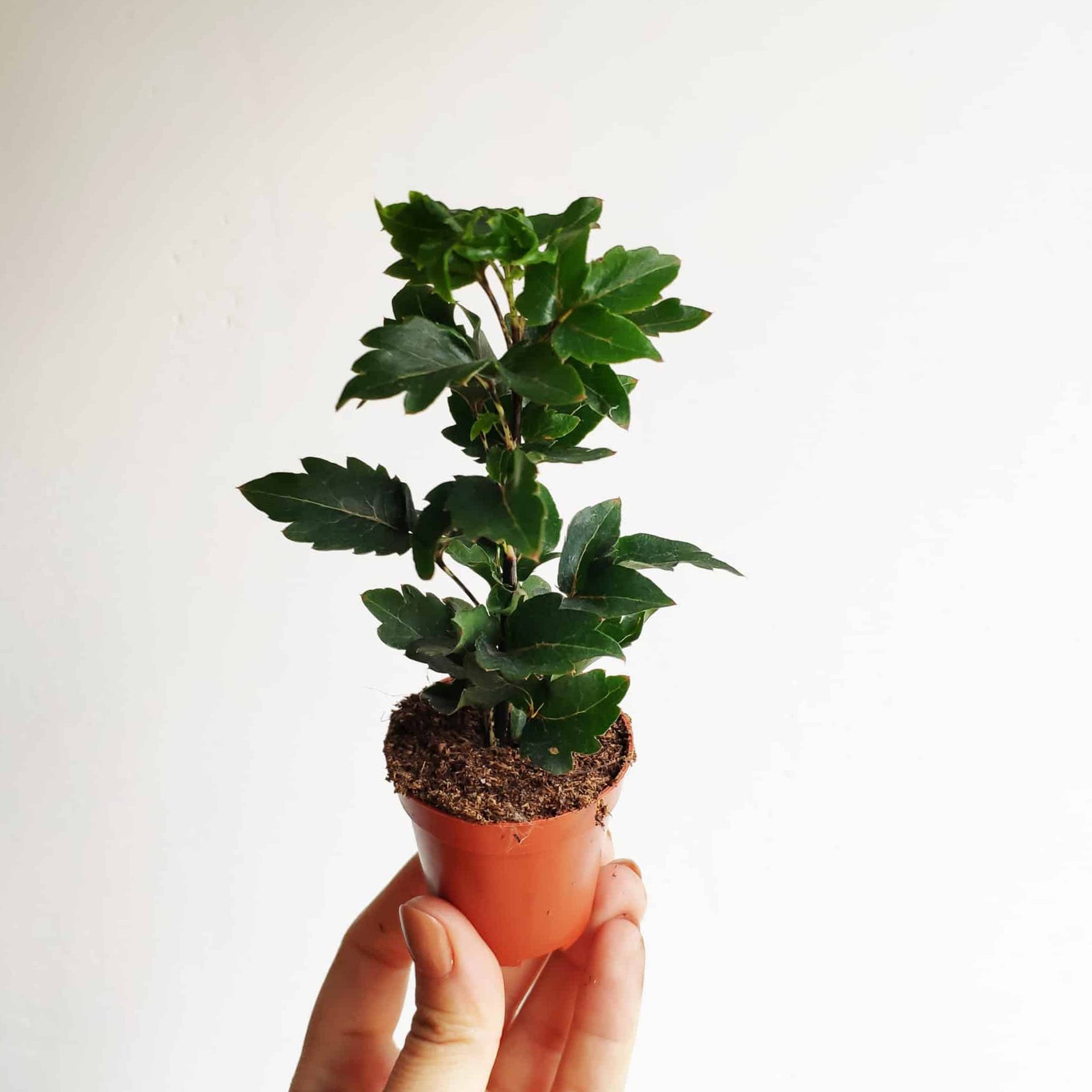

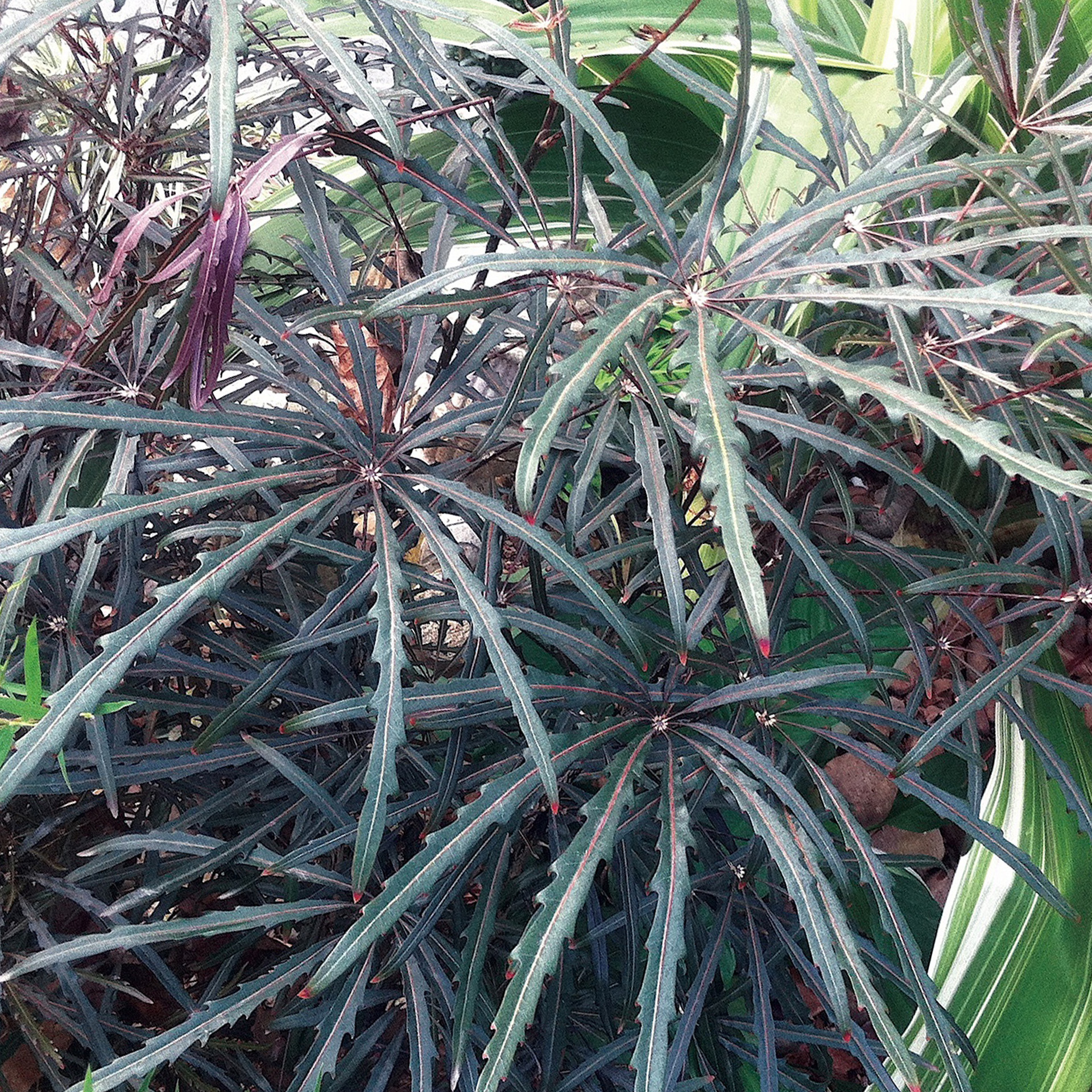
Write comments
Comments